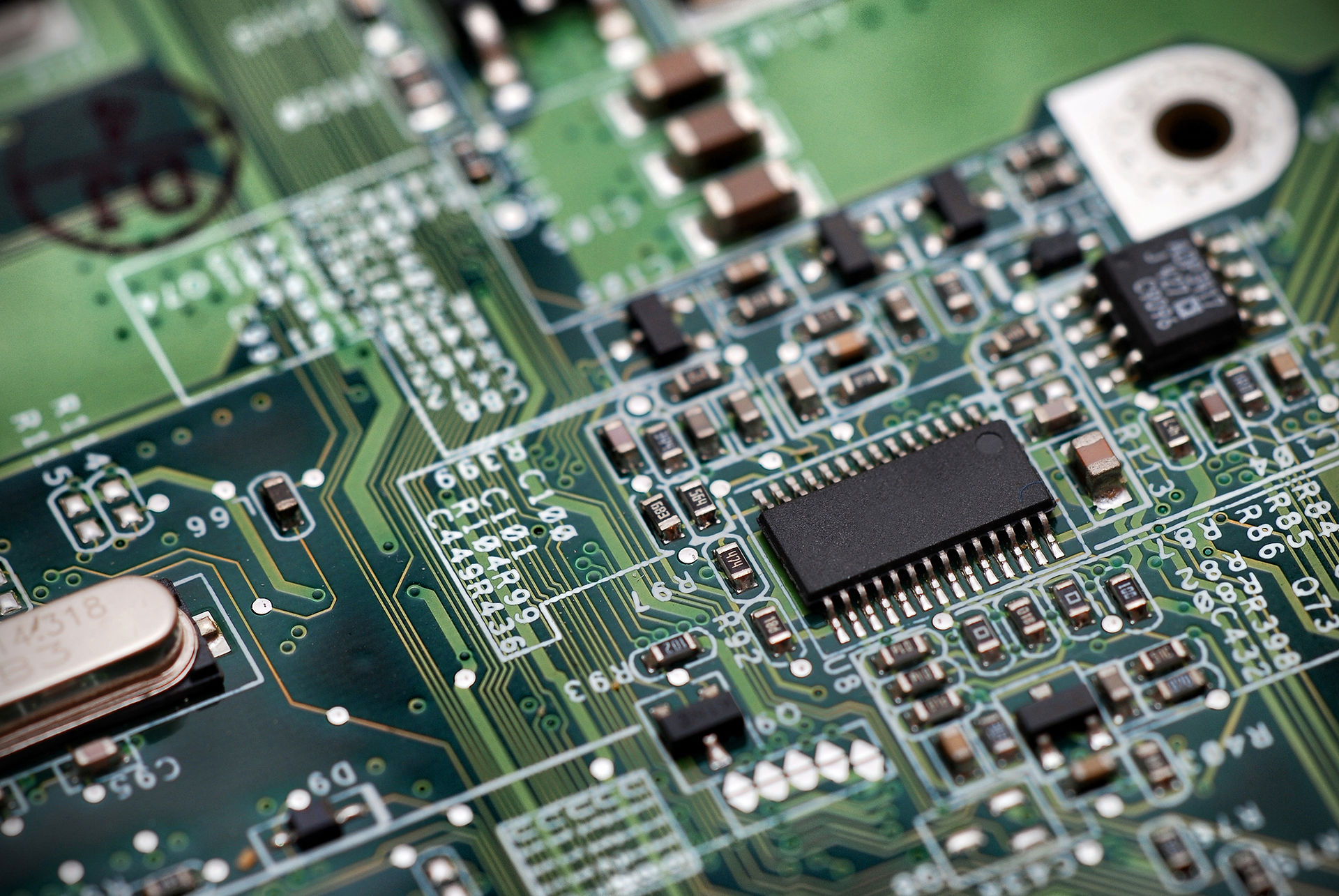
FIRST TECH CHALLENGE


"It’s way more than building robots. FIRST Tech Challenge teams (up to 15 team members, grades 7-12) are challenged to design, build, program, and operate robots to compete in a head-to-head challenge in an alliance format.
Guided by adult coaches and mentors, students develop STEM skills and practice engineering principles, while realizing the value of hard work, innovation, and working as a team.
The robot kit is reusable from year to year and can be coded using a variety of levels of Java-based programming. Teams design and build robots, raise funds, design and market their team brand, and do community outreach to earn specific awards. Participants are eligible to apply for $80M+ in college scholarships."
Grades 9-12
FIRST
"FIRST (For Inspiration and Recognition of Science and Technology) was founded in 1989 to inspire young people's interest and participation in science and technology. Based in Manchester, NH, the 501(c)(3) not-for-profit public charity designs accessible, innovative programs that motivate young people to pursue education and career opportunities in science, technology, engineering, and math, while building self-confidence, knowledge, and life skills.
FIRST is More Than Robots. FIRST participation is proven to encourage students to pursue education and careers in STEM-related fields, inspire them to become leaders and innovators, and enhance their 21 st century work-life skills."
The Challenge
The FTC season starts in the early fall, where the game for the year is announced. Following the announcement, teams work to develop robots that will be used to compete in during the winter and spring. This development goes through multiple phases - design, prototyping, and finally construction. Teams usually have around 3 practices a week, with more in the lead-up to competitions. Competitions are in a multitude of places, including Pennsylvania, West Virginia, Kentucky, Ohio, and Michigan. When teams aren't competing or building, they host and attend outreach opportunities to engage the community and enrich the robotics experience. Teams also work together with local businesses to gain expertise and sponsorship for their season.
Learn more about the current season on the games page.


Building A Robot
Teams start each season by designing a completely new robot. The teams go through a multi-step process to create their final product. The first phase begins the moment the season begins, as the team works to analyze the year's game and determine what tasks to prioritize. After analyzing the game, teams then begin to design their robot. They brainstorm different components, then prototype and test them. The initial design of the robot is finished early in the season - but most of the time spent in practice by the teams involves programming, refining, and redesigning different components of the robot.
Refining the Robot
Once the robot has been built, the team then needs to make sure that all of the parts work - and work together. This takes lots of testing and redesign, oftentimes even abandoning old mechanisms and substituting new ones. In combination with programming, both of autonomous and teleop, this eventually produces a capable robot. Then, the team moves on to driver practice. The drivers run through teleop hundreds of times, getting a feel for the robot. As this happens, minor tweaks are made to perfect the design. Finally, the robot is ready for competition.



